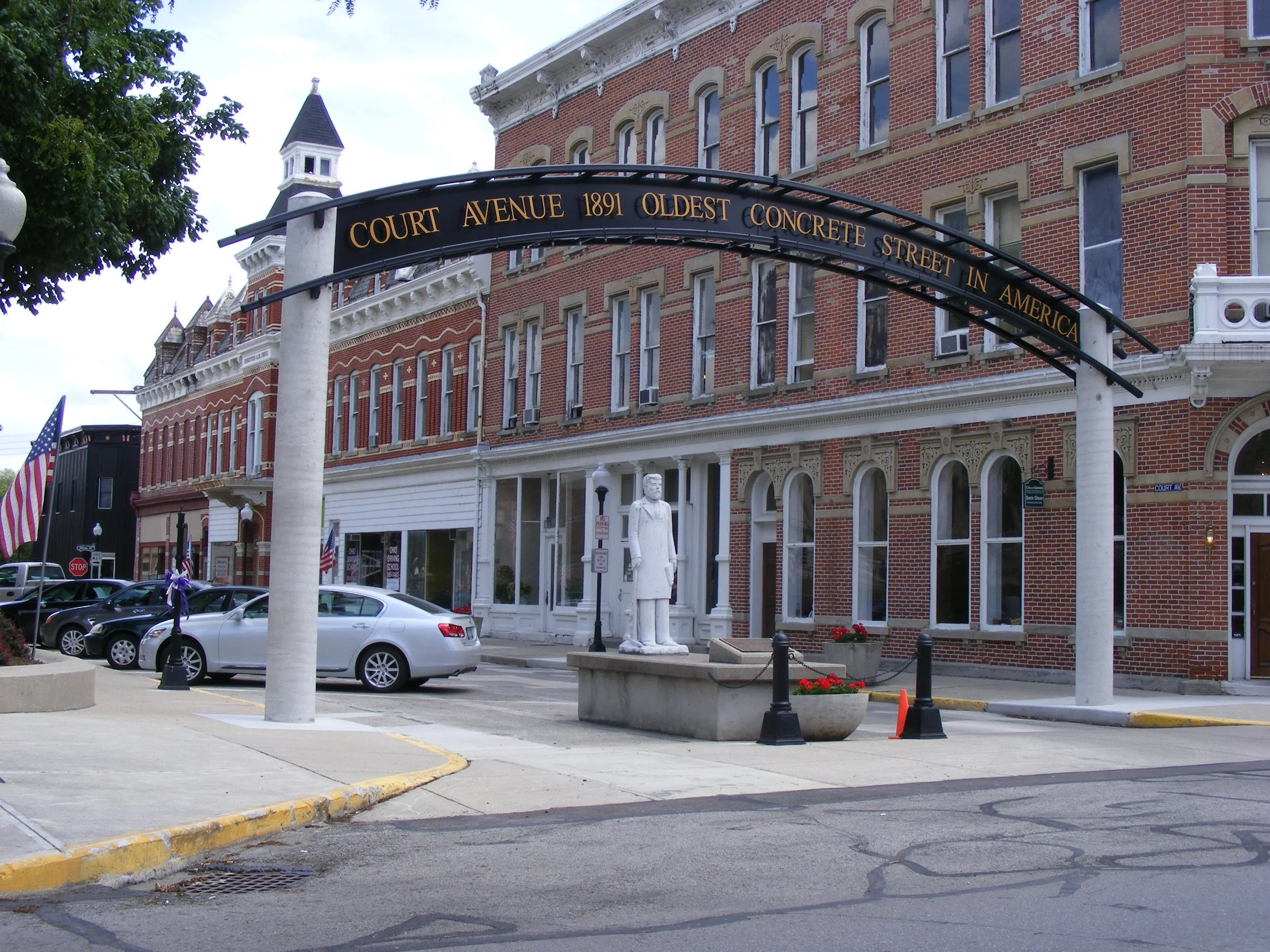Concrete: From Ancient Road To Modern Marvels
Pantheon, Rome
Concrete is one of the most versatile and durable building materials known to man. It has been used for thousands of years, from ancient roads to modern skyscrapers. In this blog post, we will explore the fascinating history of concrete, from its humble beginnings in ancient Syria and Jordan to its present-day role in shaping our built environment.
The story of concrete begins in the ancient world, with the construction of the first paved roads. The Pantheon, a Roman temple in Italy, is believed to have the oldest paved road. However, the first recorded use of concrete as a building material dates back to 6500 BC in modern-day Syria and Jordan. This early form of concrete was made from a mixture of lime, sand, and water, and was used to build walls, floors, and even irrigation systems.
It wasn't until the reign of Julius Caesar that the recipe for concrete was perfected. Marcus Vitruvius Polio, a Roman architect and engineer, recorded the recipe for concrete in his book, De architectura. The recipe included a mixture of lime, volcanic ash, and water, which created a material that was strong, durable, and resistant to weathering.
After the fall of the Roman Empire, the recipe for concrete was lost for centuries, and the Dark Ages saw a decline in the use of concrete as a building material. It wasn't until 1414 AD that the recipe was rediscovered in ancient manuscripts and the use of concrete was revived.
In the 18th century, concrete was reborn as a modern building material. In 1780, an Englishman named John Smeaton used a mix of limestone and clay to construct the Eddystone Lighthouse off the coast of Cornwall, England. This was the first time that concrete had been used in a structural application since the fall of the Roman Empire.
The following year, in 1782, the world's first concrete road was built in Edinburgh, Scotland. The road was constructed using a mix of lime, sand, and gravel, and it is still in use today. Concrete had proven to be a durable and cost-effective alternative to traditional paving materials.
In 1793, John Smeaton reinvented the recipe for concrete, using a mix of limestone and clay that was stronger and more durable than previous recipes. Smeaton's concrete was used to construct several notable structures, including the third Eddystone Lighthouse and the Coldstream Bridge in Scotland.
The Oldest Concrete Street In America | Bellfonte, Ohio
In the 19th century, concrete became increasingly popular as a building material in the United States. In 1893, the first concrete road in the USA was constructed in Bellefonte, Ohio. The road was built using a mix of cement, sand, and gravel, and it is still in use today. (image below)
Today, concrete is one of the most widely used building materials in the world. It is used in everything from bridges and buildings to sidewalks and swimming pools. Modern concrete is made from a mix of cement, sand, and aggregate, and it can be reinforced with steel or other materials to increase its strength and durability.
In conclusion, the history of concrete is a story of innovation, rediscovery, and perseverance. From its humble beginnings in ancient Syria and Jordan to its present-day role in shaping our built environment, concrete has proven to be a durable and versatile building material. As we look to the future, we must continue to explore new ways to make concrete more sustainable and environmentally friendly, while also preserving its unique history and legacy.



